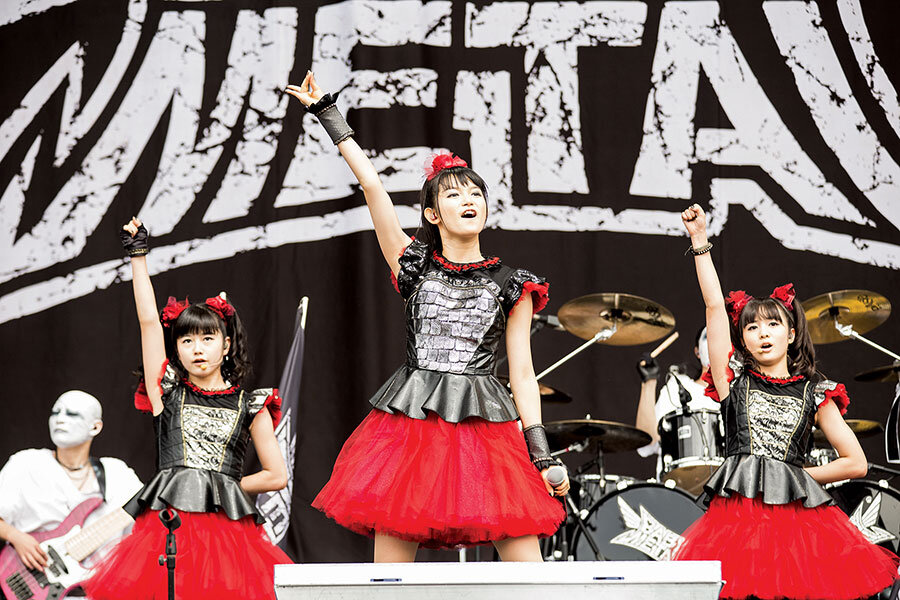Japanese music continues to win over North America
Loading...
Through the years, Japanese musicians have achieved North American success in waves. From Kyu Sakamoto’s No. 1 single in 1963 (“Sukiyaki”) and Yellow Magic Orchestra’s cult technopop in the late 1970s to Shonen Knife’s ’90s-era punky power trio sounds and Puffy AmiYumi’s melodic 21st-century indie rock, Japanese music in various genres has successfully crossed over decade by decade.
Less than halfway through the year, 2016 has already proved to be a breakthrough year for Japanese popular music. Beginning in late April, the Hatsune Miku Expo North America Tour presented 14 shows in 10 cities. Several 3-D virtual pop stars, including the titular Hatsune Miku, performed.
Meanwhile, many previously uninitiated Babymetal fans got their first exposure to the J-pop-meets-speed-metal trio through the group’s appearance on “The Late Show with Stephen Colbert” in early April. The band’s sophomore release, “Metal Resistance,” became the first Japanese-language album to reach the top 40 of the Billboard albums chart in more than 50 years. Babymetal commences a five-city US tour on July 12 in Seattle.
And the group Perfume, a three-piece pure J-pop vocal group, is reviving Japan’s synthpop tradition. The trio is doing five shows at four stops in the United States starting with one in Los Angeles on Aug. 26.
“Japanese pop culture, if you look at the size of anime conventions around the country, has become pretty mainstream – not just in major cities,” Keith Cahoon, former director of iTunes Japan, says. “And anime has helped bring Japanese pop music to the US.”
All three acts – Hatsune Miku, Babymetal, and Perfume – present fresh approaches to mostly familiar musical forms, Mr. Cahoon points out. “You see Perfume, it’s not like anything else you would find in America,” he says.







